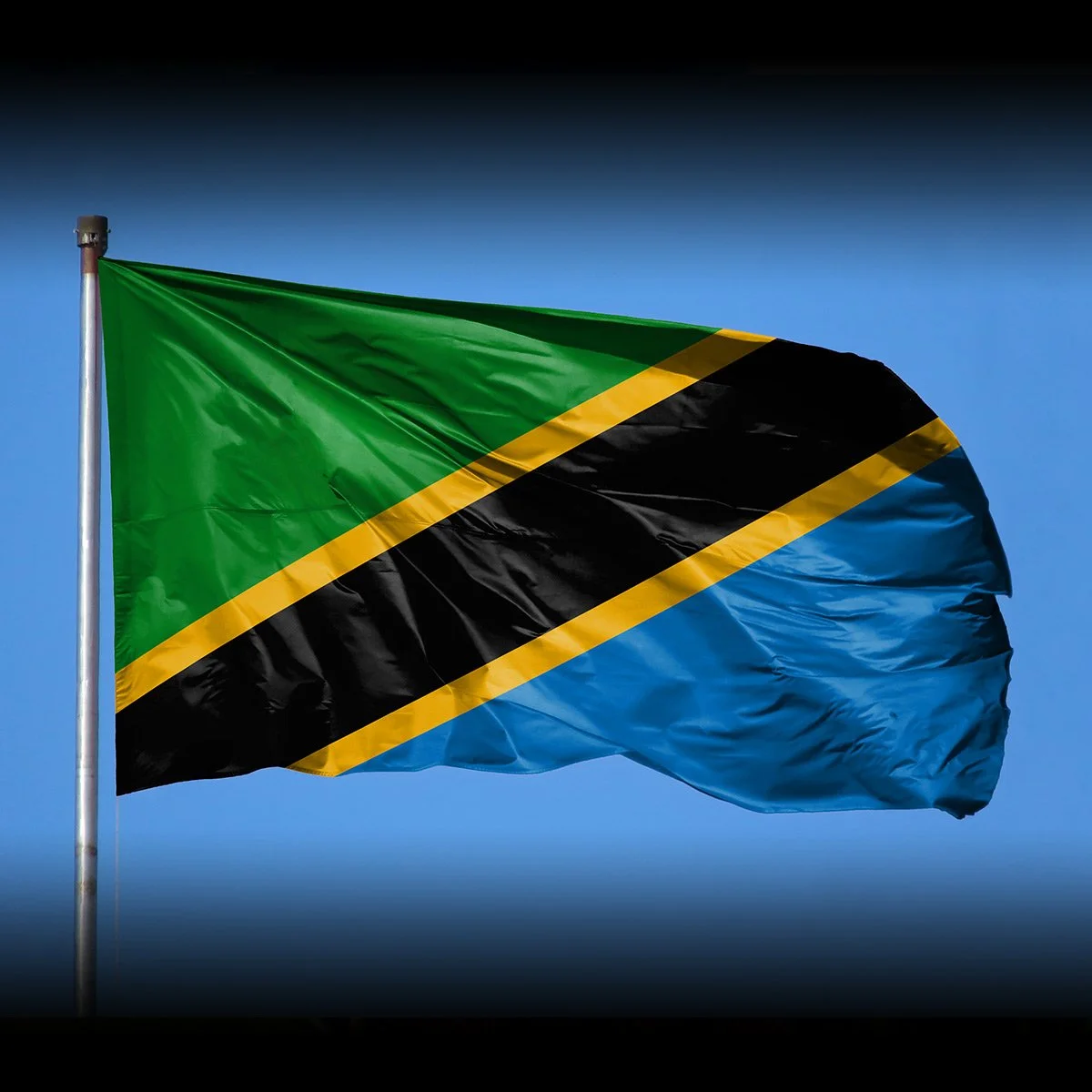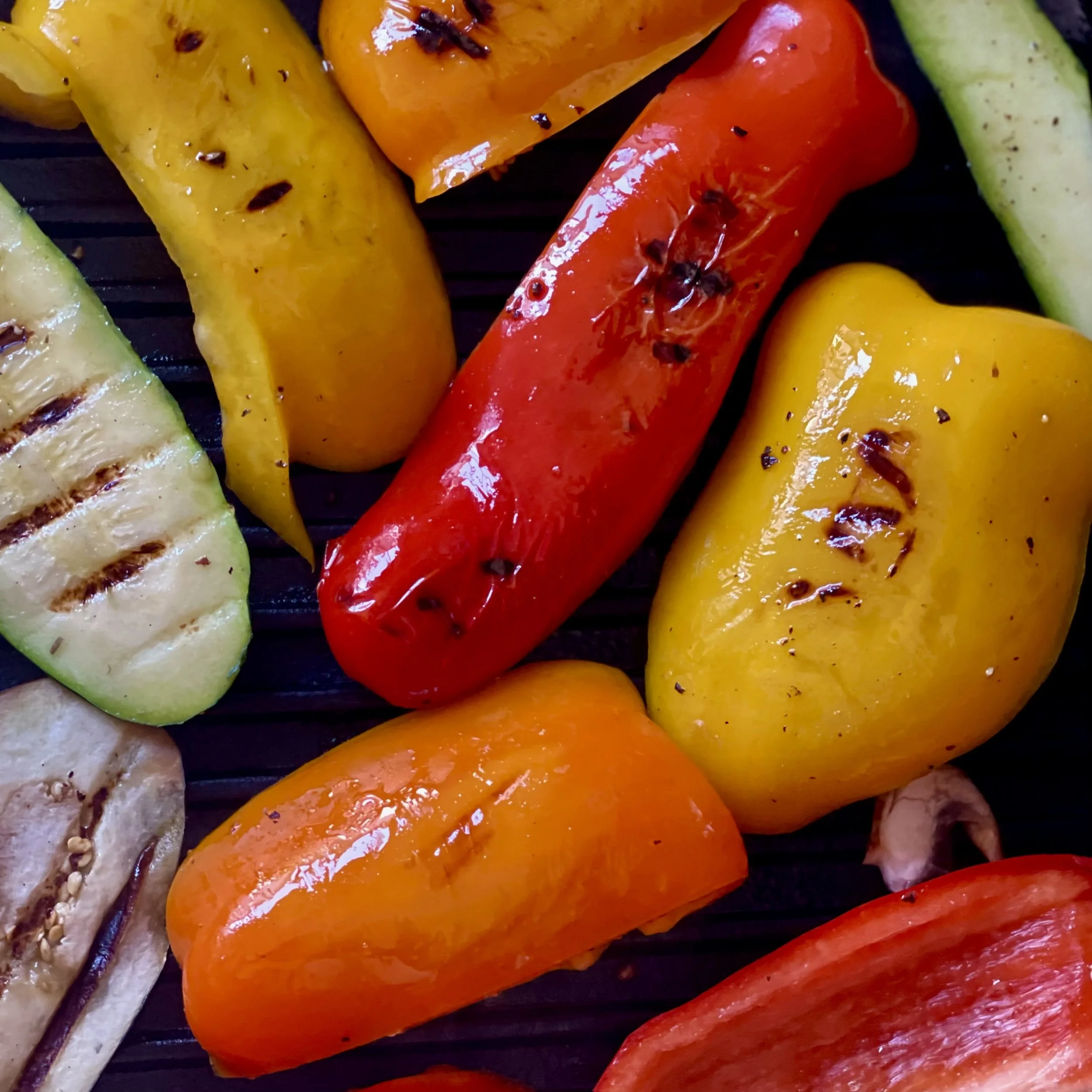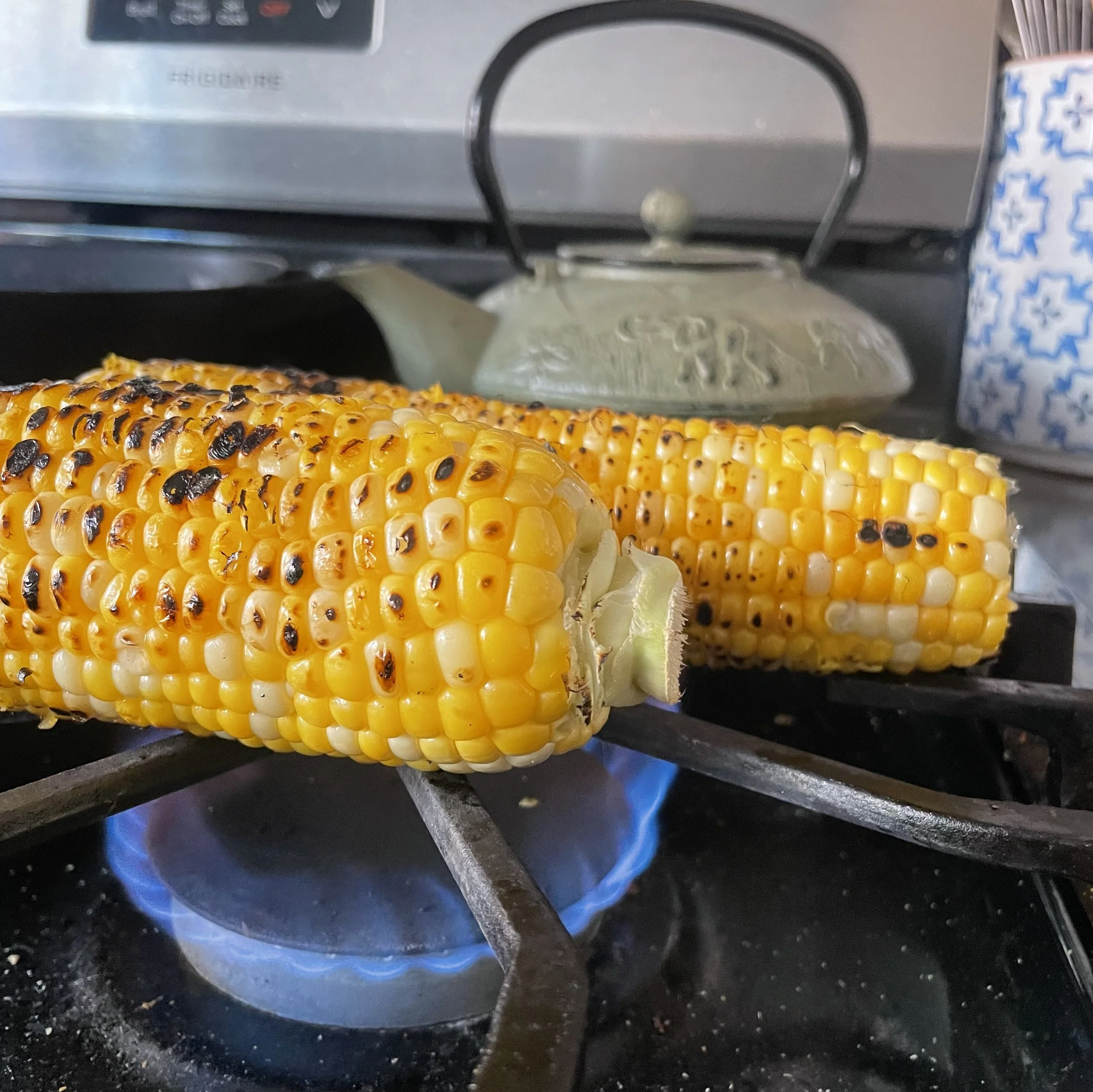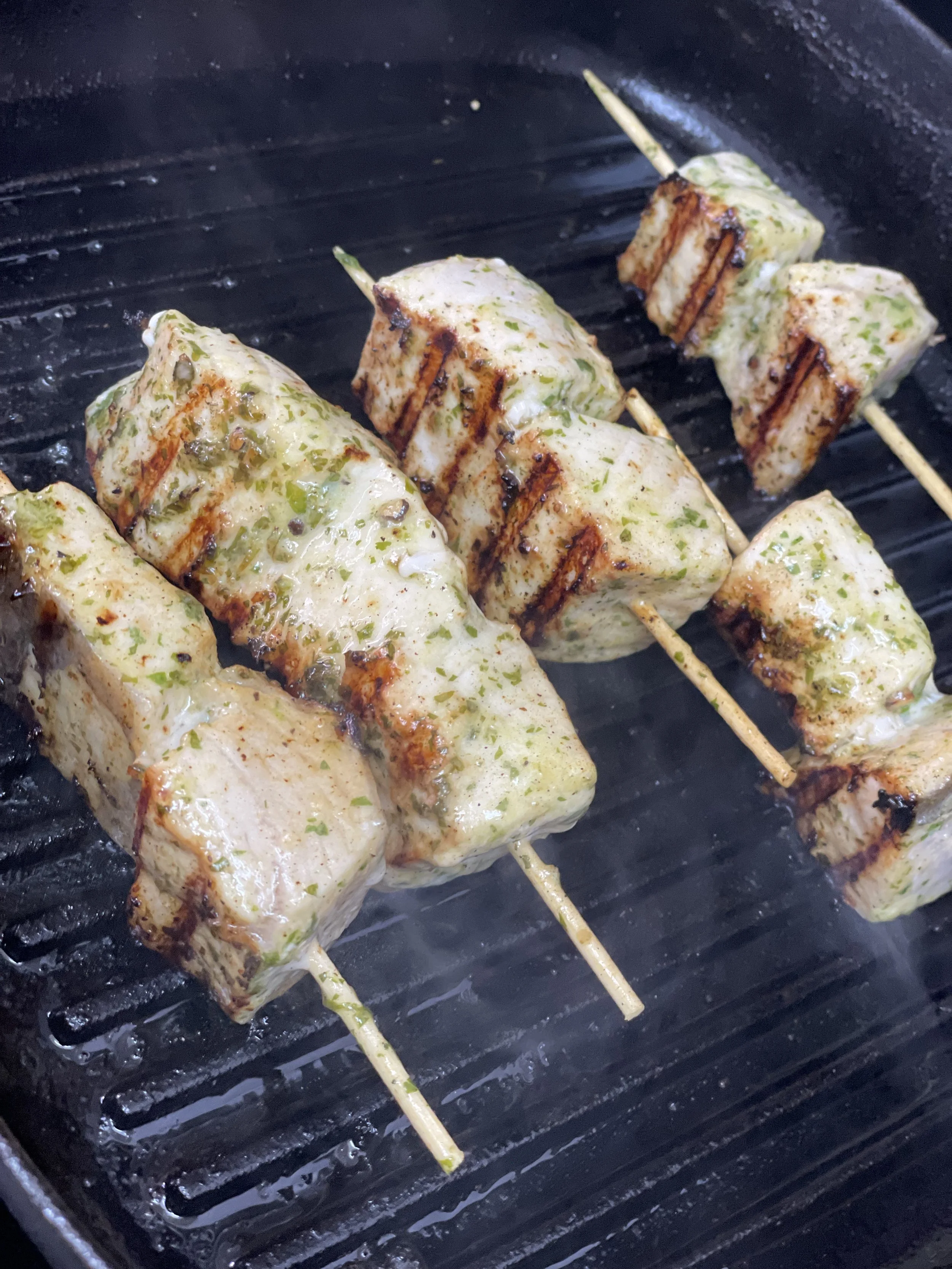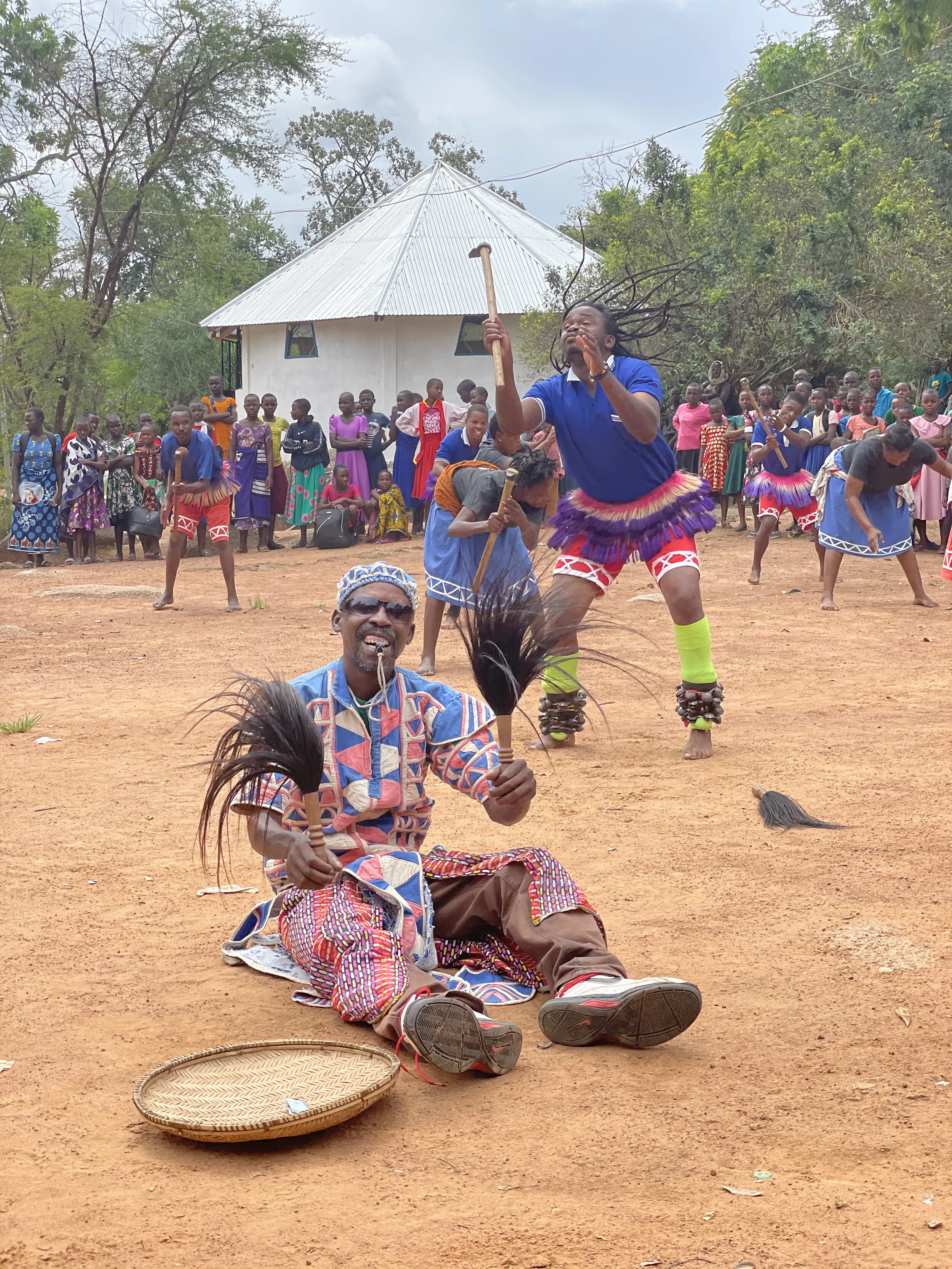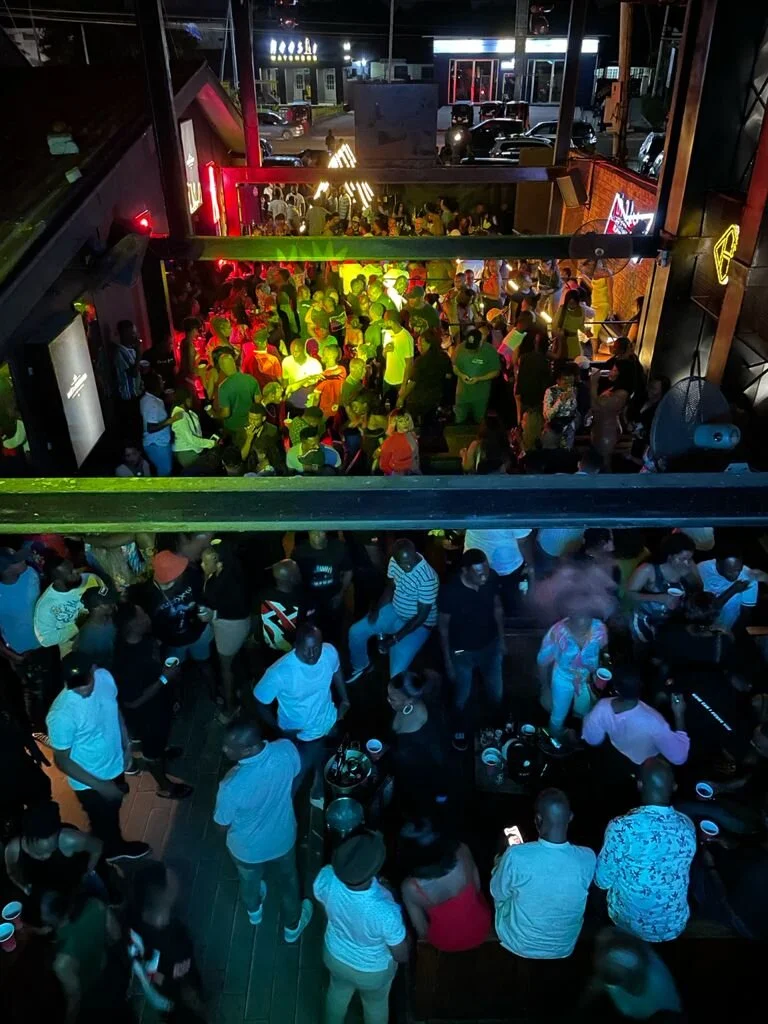Heri ya Uhuru kwa Watanzania wote
On December 9th in 1961, the East African country declared its sovereignty after centuries of foreign rule. A successful independence movement in 1954 ended the British occupation in what was formerly Tanganyika. Shortly after declaring independence, mainland Tanganyika and the island of Zanzibar combined the state names to form the United Republic of Tanzania. This holiday celebrates the co-existence of these regions.
FLAG HISTORY
The flag is diagonally designed for distinction. The current flag is a result of the unification of the Republic of Zanzibar People’s Republic and the Republic of Tanganyika as a state. Starting from the lower left corner of the flag, a thick black stripe extending to the upper right section divides the flag into two and forms a triangle on both sides. The triangle in the upper left part of the flag is green and the triangle in the lower right is shown in blue. The black thick strip is separated from blue and green colors by a thin yellow strip.
The majority population of the country is Bantu, black symbolized by the black stripe, while green suggests the rich agricultural resources of the land just read my site and you will know what I mean. The yellow color is used to symbolize gold because the new country is rich in underground mines and so mineral wealth is reflected, while the Indian Ocean is symbolized by blue, the coast of the country
Someone get this woman a grill!
There is no better sign that Summer is upon us than the smell of food on a charcoal grill. It’s giving memories of family barbecues and friend meet-ups in the park. Grilling is no easy feat especially because I grew up without a backyard. It forced me to learn to get creative indoors when craving my barbecue favorites: sizzling vegetables with the perfect crunch, spiced mishaki from the local butchers & fishermen and the classic marinated barbecued chicken–brined and grilled Swahili style!
While creating my barbecue favorites, a dance is formed between manning the grill and the smoke detector at the same time. The alarm acts as cooking music and moves my body into a state of urgency forcing me to move faster, stay alert and be prepared. The adrenaline craze I get from that while creating my grilled favorite is unmatched.
Why Grilling?
Grilling food is one of the healthiest ways to prepare food. It dates back to the first human–you hunted, you put it on fire and you ate. Nowadays we spruce things up by adding oils, salt & pepper, acidics and herbs but the basic concept of cooking over fire still exists.
It still exists because it’s simple, easy & healthy. For vegetables, I find that grilling keeps them crunchy longer as opposed to baking or sautéing. It also requires less oil or butter–not sure who is buttering their vegetables but, I just have to tell you to please stop! It is extremely unhealthy and unnecessary. For meat, seafood and poultry the fire provides incredible flavors and causes excess fats to melt off.
Tips
Sukumaland, Mwanza, Tanzania
also known as Rock City is on the southern shores of the second largest lake in the world and largest lake in Africa- Lake Victoria.
On my search to learn more about where I come from I was fascinated to learn that dancing is a huge part of the Sukuma tribe especially my group of people, Bagika. I am Sukuma from Mwanza!
Jan 2021, I went to visit the Sukuma Museum in Mwanza. Here I am sitting in the chief’s chair, wearing traditional head piece and armor.
If you know me you know I absolute love to dance. My daddy taught me to dance ‘Ndombolo’ from the time I could walk and according to him I was named after Jocelyne Béroard. (She is a Martinican singer and songwriter. She is one of the lead singers of the Zouk band Kassav'. As a solo artist, she helped create zouk, a music genre started by Kassav'.)
So you are picking up what I’m putting down, right?.... music and dance is within me. And even thought I have no coordination and was rejected from every dance troupe I auditioned for, I don’t stop. I have rhythm and I dance to my own music. I digress.
The Sukumas, are renowned nationwide for their pulsating dancing. Dancers are divided into two competing dance societies, the Bagika and the Bagulu, that compete throughout Sukumaland which is still held every June called Bulabo Dance Festival at the Sukuma Museum.
The most famous of the dozens of dances are those using animals, including the Bagulu’s banungule (hyena and porcupine dance) and the Bagika’s bazwilili bayeye (snake dance). Before beginning, the dancers are treated with traditional medicines to protect themselves from injury. The animals, too, are given a spot of something to calm their tempers. Check out our private viewing of the Bagika’s bazwilili bayeye (snake dance) on my Instagram . These are my people.
The Sukuma tribe is largely located in Mwanza. Mwanza also known as Rock City is located on the southern shores of the second largest lake in the world and largest lake in Africa- Lake Victoria. Lake Victoria is stunning and it’s blueish waters gives a sense of mystery- what’s in there?
Lake Victoria, Mwanza, Tanzania
A majority of people living in and around Mwanza are fisherman and go out daily with their nets hoping for a big catch. Common fish found in these waters are the Nile Perch, Tilapia and Sardines.
The nickname Rock City was rightfully named because everywhere you look there are rocks. From the minute you get off the plane all you see is massive boulders. The landscape around the city is very uneven and quite rugged. To me the most beautiful part of Mwanza is the architecture. People have mastered building their homes and businesses in the most rocky and steep areas.
Though time didn’t permit here is a little travel FYI, the NE entrance of the Serengeti is only 2 hours away. So on your future trip to Tanzania consider visiting Mwanza before or after your safari games trip.
Night Life in Dar es Salaam
if you like to dance, don’t be afraid to join into the party!
Dar es Salaam arguably has the best night life in East Africa. More now than ever because a lot of the neighboring countries are still on lockdown or have city curfews. Tourists from around the world are flocking to experience life in Tanzania adding to its very active night scene.
My family currently resides in the Kinondoni District of Dar es Salaam so, my night life experience is solely based on this area of town. Night life starts very late. A typical night begins around midnight. We start off at a local bar for pregame drinks, nyama choma + chips mayai. Some of the spots I like to hit up are Olive, Tips , or Eddy’s. This is the meeting spot & it sets the tone for the evening. Tanzanians have it down to a science, load up on carbs and protein to allow for a night full of drinking & dancing!
Dancing is huge here. If you don’t like to dance you will by the end of the night—your head will move uncontrollably because there is a force when it comes upon you that you can’t fight. The music we play is mainly hits and classics from The Continent and America’s hottest Hip Hop songs. That’s it… Black Excellence through and through, through music! You see, the real party begins at 2AM and, the city makes the shift to the night clubs like Elements on Fridays & Maison on Saturday’s and The Outside on Thursday’s. Sunday’s are reserved for beach day and night parties at places like Kidimbwi or Upepo Beach Garden .
At these events we dance, laugh & smile until the sun comes up. We order bottles and just enjoy the company of new and familiar faces. There is generally no bad energy when you are in Dar. We are all work hard & just want to enjoy, nataka tu enjoy!
It’s definitely not uncommon to hit all these spots in one weekend or more. A few times a month there are concerts and pop-up events which you do not want to miss as they are a guaranteed great time. My only tip is to splurge a little on a VIP ticket, it’s worth it! And once all the partying is done, go find yourself some Supu ya Ulimi (cow tongue soup), Supu ya Utumbo (cow stomach soup) or Mtori (banana soup) before you hit the sheets!
What can I say, It’s the Tanzanian way!
Welcome to Stonetown
where no door is the same.
When I’m in Stonetown and any non beach resort area in Zanzibar I want to be respectful of it’s conservative Islamic culture. Women, it’s imperative that your shoulders, chest, legs and sometimes head are not exposed. So for me, I travel with a Kanga—a cultural sarong. I am able to take it off when indoors seated and still be respectful by covering up when I’m out walking the streets.
Behind me is one of the many Zanzibarian doors. No door is the same and they often tell stories of the people who lived inside these homes. These doors are made with heavy teak or mahogany, giving them rich warm colors and a sense of strength and pride.
I have often shared about how multifaceted Swahili culture is and how that is reflected in the food I create. Like food, Zanzibarian doors reveal that same influence. These doors are influenced by India (small squared shutters embedded into the door and great brass studs is a throwback design once used to stop elephants from breaking down doors in Indian palaces). The Swahili influence is seen in the design (carvings of fish. twisted vines and flowers to represent fertility and reproductive powers). Arab influences can be seen with the intricate carvings seen on the Frieze—a wide decorated panel featuring a sequence of carvings.
These doors are not something to pass by when you are in Zanzibar or mainland Tanzania. They should be admired as they are a look into the multiculturalism of this historic and fascinating city. Karibu Zanzibar!
